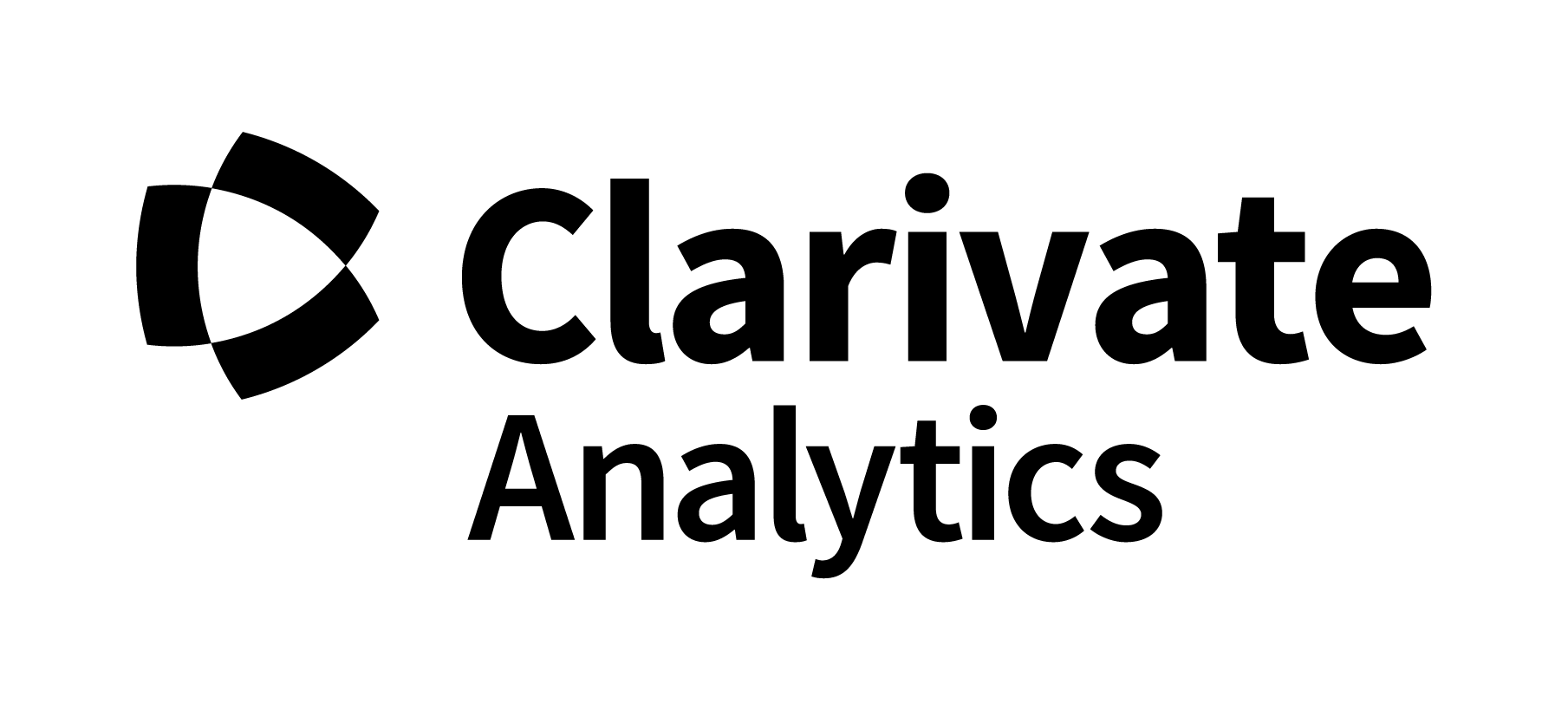Table of Contents
Front Matter
| Preliminary pages | |
| i-ii |
| Contents | |
| iii-v |
| Editorial and letters | |
| 1-7 |
Review Papers
| Are dabbling ducks major players or merely noise in freshwater ecosystems? A European perspective, with references to population limitation and density dependence | |
| Johan Elmberg | 9-23 |
Trends in numbers, distribution and movements
| Measuring within-winter movement rates of Tufted Duck Aythya fuligula and Common Pochard A. ferina based on ring re-encounter data | |
| Fränzi R Korner-Nievergelt, Josef Hofer, Annette Sauter, Lukas Jenni | 24-41 |
| Trends in the numbers of Coot Fulica atra and wildfowl Anatidae wintering in France, and their relationship with hunting activity at wetland sites | |
| Carol Fouque, Matthieu Guilleman, Vincent Schricke | 42-59 |
| The Goosander Mergus merganser population breeding in the Alps and its connections to the rest of Europe | |
| Verena Keller | 60-73 |
| Wintering ducks in the Czech Republic: changes in their population trends and distribution | |
| Zuzana Musilová, Petr Musil, Simona Poláková, Roman Fuchs | 74-85 |
Habitat Selection
| An assessment of the importance of the Dombes region, France, for wintering wildfowl | |
| Jean-Yves Fournier, Carol Fouque, Pierre Defos du Rau | 86-99 |
| Habitat use and home range size of autumn staging radio-marked Teal Anas crecca at Ulvshale-Nyord, Denmark | |
| Thomas Bregnballe, Uffe D Andersen, Preben Clausen, Per A Kjær, Anthony D Fox | 100-114 |
| Escape distances from human pedestrians by staging waterbirds in a Danish wetland | |
| Thomas Bregnballe, KIM Aaen, A D Fox | 115-130 |
| An experimental study of numerical and behavioural responses of spring staging dabbling ducks to human pedestrian disturbance | |
| Thomas Bregnballe, Charlotte Speich, Anders Horsten, Anthony D Fox | 131-142 |
| Responses of autumn staging waterbirds to wetland restoration and water levels in a Danish river delta | |
| Thomas Bregnballe, Ole Amstrup, Mogens Bak | 143-157 |
Feeding ecology
| Kleptoparasitism as an important feeding strategy for migrating Wigeon Anas penelope | |
| Thomas Eske Holm, Preben Clausen | 158-166 |
| Intestinal response to prolonged fasting and subsequent feeding in Mallard Anas platyrhynchos | |
| Sylvie Geiger, Christel Wagner, Jean-Hervé Lignot, Yvon Le Maho, Jean-Patrice Robin | 167-175 |
Breeding ecology
| Long-term changes in duck inter-specific nest parasitism in South Bohemia, Czech Republic | |
| Petr Musil, Šárka Neužilová | 176-183 |
Hunting and population managemen
| Consequences of massive bird releases for hunting purposes: Mallard Anas platyrhynchos in the Camargue, southern France | |
| Jocelyn Champagnon, Matthieu Guillemain, Michel Gauthier-Clerc, Jean-Dominique Lebreton, Johan Elmberg | 184-191 |
| Recent trends in the number of hunters and the harvest of wildfowl in the Camargue, France: preliminary results | |
| Jean-Yves Mondain-Monval, Anthony Olivier, Aubin Le Bihan | 192-201 |
Wildlife health
| Spatial and temporal analysis of the highly pathogenic avian influenza H5N1 outbreak in the Dombes area, France, in 2006 | |
| Delphine Doctrinal, Sandrine Ruette, Jean Hars, Marc Artois, Dominique J Bicout | 202-214 |
| Avian influenza surveillance: on the usability of FTA | |
| Robert H S Kraus, Pim van Hooft, Jonas Waldenström, Neus Latorre-Margalef, Ronald C Ydenberg, Herbert H T Prins | 215-223 |

This work is licensed under a Creative Commons Attribution 3.0 License.
